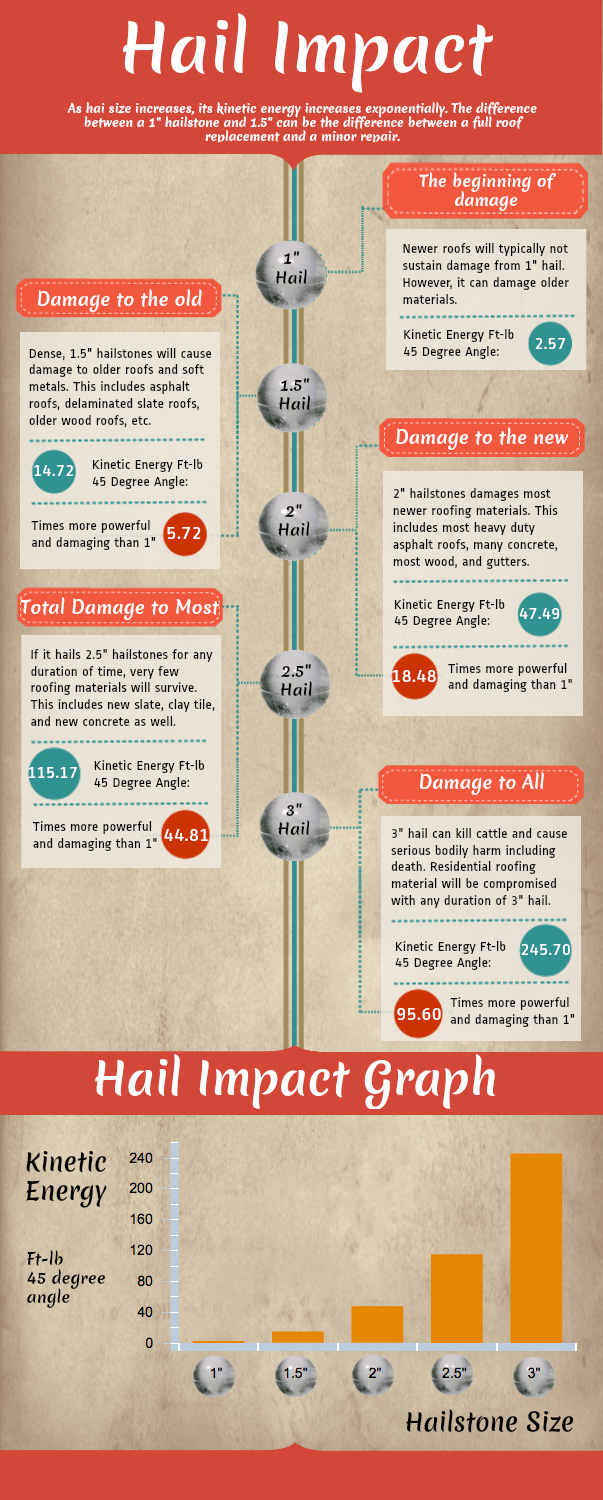Assess The Financial Ramifications And Benefits Of Solar Setup To Determine The Possible Economic Advantages For Those Thinking About This Renewable Energy Venture
Assess The Financial Ramifications And Benefits Of Solar Setup To Determine The Possible Economic Advantages For Those Thinking About This Renewable Energy Venture
Blog Article
Content Author-Martinussen Fog
When taking into consideration the prices of solar installment, you may wonder about the upfront investment called for and whether it lines up with the potential lasting benefits. Recognizing the complexities of these expenditures and the numerous aspects influencing the overall return can shed light on the worth suggestion of transitioning to solar power. By reviewing both the first setup costs and the predicted cost savings in time, you can get insight into whether the financial investment in solar setup holds promise for your economic future.
Initial Setup Expenditures
When considering the costs of solar installation, the first setup expenses play a vital role in your decision-making process. These ahead of time costs consist of the price of solar panels, inverters, installing equipment, and installation labor.
The price of photovoltaic panels can differ depending upon the brand, effectiveness, and dimension you pick. Inverters are important for transforming the sun's power right into usable electricity and come in various types such as string inverters, microinverters, and power optimizers, each with its own cost implications.
Mounting devices, such as racks and rails, is necessary to safely install photovoltaic panels on your roof covering or property.
The setup labor price covers the expert setup of the planetary system, ensuring that whatever is set up correctly and successfully. Remember that while these preliminary configuration costs may appear high, there are frequently discounts, tax obligation motivations, and financing choices readily available to aid counter the expenses and make solar installment a lot more economical in the long run.
Long-Term Savings Evaluation
To recognize the monetary advantages of solar installment in time, it's important to carry out a thorough long-lasting financial savings analysis. While the initial arrangement costs of photovoltaic panels may seem complicated, the long-term cost savings can surpass these costs substantially. By using the power of the sun to produce electrical energy for your home, you can possibly save thousands of bucks on your utility bills over the life expectancy of your planetary system.
One of the essential variables to consider in a long-lasting cost savings evaluation is the reduction in your electrical power expenses. With https://10wattsolarpanel09753.blog-kids.com/33403373/just-how-to-identify-the-most-ideal-solar-panels-for-your-home , you can produce your electrical power, lowering or even eliminating your reliance on the grid. https://www.fwi.co.uk/livestock/how-solar-panel-diversification-is-working-for-a-sheep-enterprise can lead to considerable financial savings, especially as utility prices remain to increase.
Additionally, https://transparentsolarpanels66555.blogacep.com/38434781/frequently-asked-questions-concerning-solar-panel-maintenance provide rewards such as tax credit ratings and discounts for setting up photovoltaic panels, better improving your long-term savings. By making the most of these motivations and optimizing your solar energy production, you can take pleasure in considerable monetary benefits for years to come.
Return on Investment Calculation
Considering the monetary advantages of solar setup, it's time to analyze the Roi (ROI) estimation. Establishing the ROI includes comparing the complete costs of mounting a planetary system with the economic advantages it generates over its life expectancy.
To calculate ROI, split the net benefit from the system by the total financial investment cost and multiply by 100 to obtain a portion. The ROI formula is: (Net Revenue/ Total Amount Financial Investment Expense) x 100.
As an example, if the total cost of setting up a solar system is $20,000, and over its lifespan, it generates financial savings and earnings amounting to $30,000, the net revenue would certainly be $10,000. Splitting this by the overall investment expense of $20,000 provides a proportion of 0.5. Multiplying this by 100 offers an ROI of 50%.
Usually, a greater ROI shows a much more monetarily gratifying financial investment. Factors like government incentives, maintenance expenses, and energy price fluctuations can affect the ROI of solar setups. Understanding the ROI aids in examining whether investing in solar power is worth it in the long run.
Final thought
Finally, understanding the expenses of solar setup is crucial for identifying if it deserves the financial investment. By considering first setup costs, conducting a long-lasting savings analysis, and computing the roi, you can make an educated choice about the economic value of solar energy. With the potential for decreased energy costs and enhanced power independence, investing in solar setup can be a smart option for both your wallet and the atmosphere.
